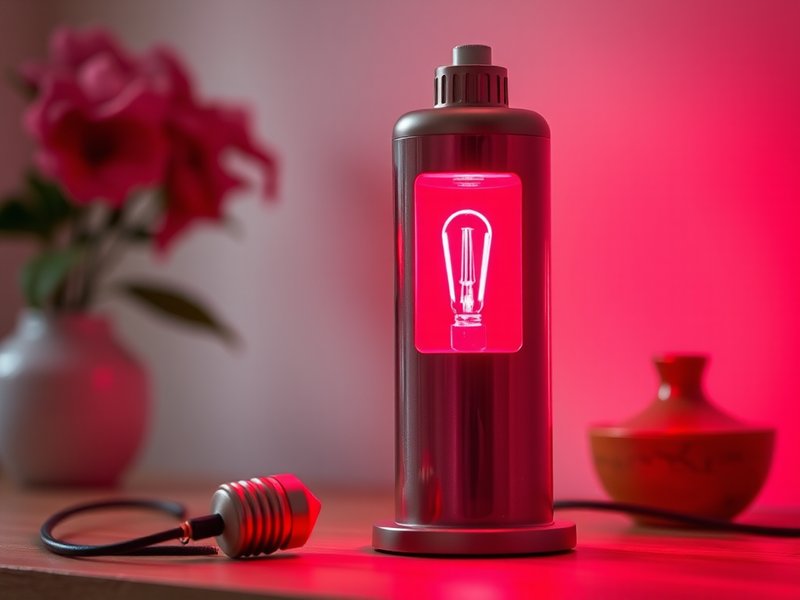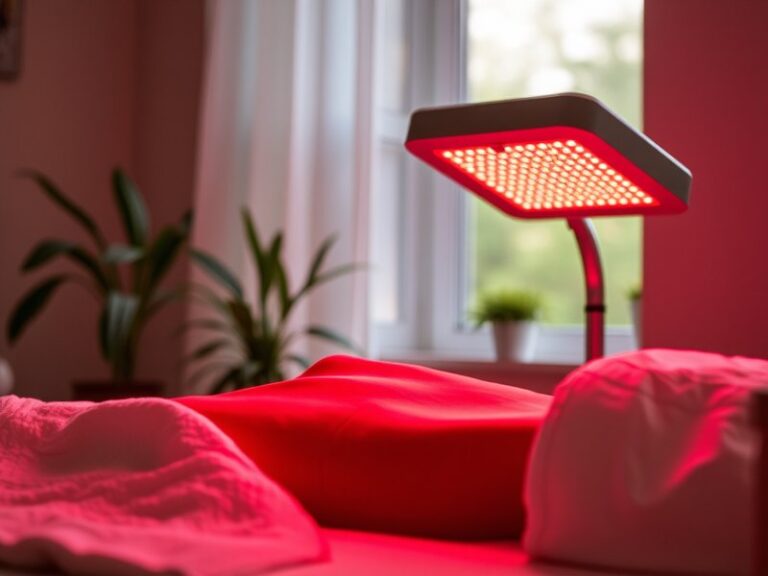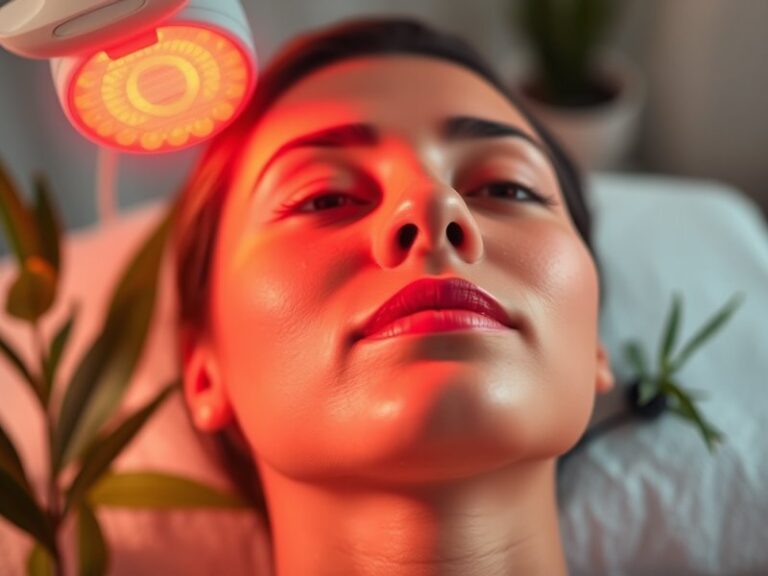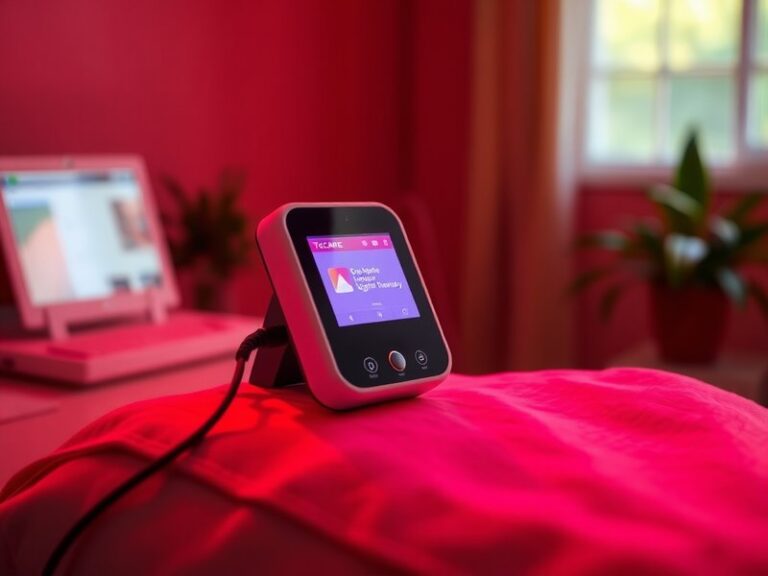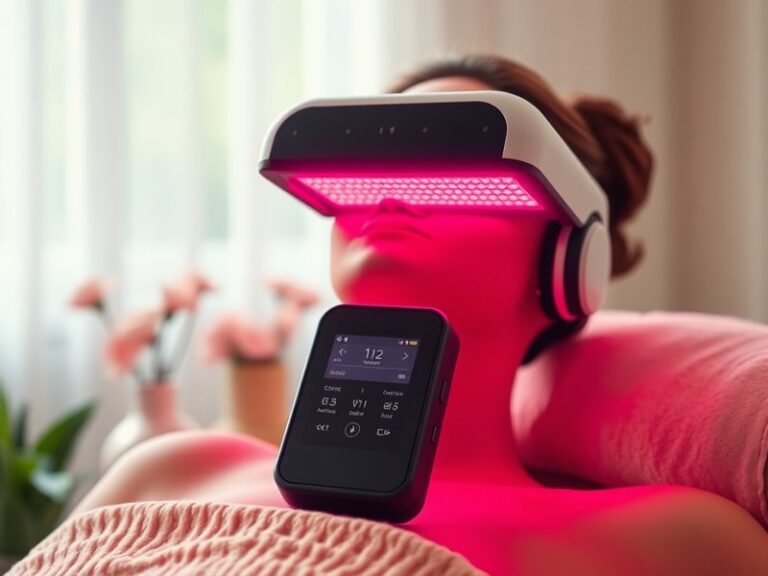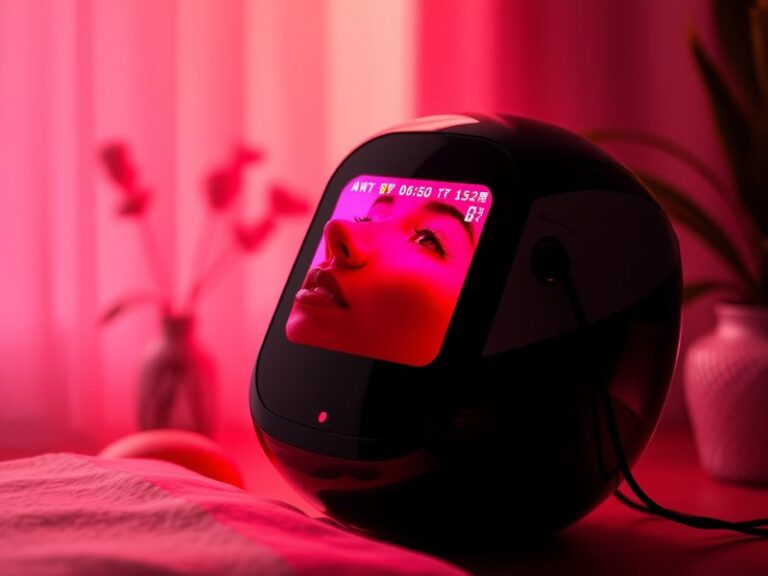Can You Just Use A Red Light Bulb For Red Light Therapy?
Can You Just Use A Red Light Bulb For Red Light Therapy?
Are you considering red light therapy but wondering if a simple red light bulb will do the trick?
In this article, we will explore the concept of red light therapy, its benefits, and whether using a standard red light bulb can effectively replicate therapeutic results. We aim to provide you with a well-rounded understanding of this topic and equip you with the knowledge you need to make informed decisions regarding your health and wellness.
Key Takeaways
- Red light therapy involves specific wavelengths of light that can stimulate healing and rejuvenation.
- While red light bulbs can emit some red light, they lack the optimal wavelengths necessary for effective therapy.
- Consider alternatives and professional devices for better results when seeking red light therapy.
What is Red Light Therapy?
Red light therapy (RLT) is a non-invasive treatment that uses low-level wavelengths of red light to stimulate cellular activity. This process can promote healing, reduce inflammation, and enhance skin health. The technology has gained popularity for various applications, including pain management, skin rejuvenation, and even hair growth.
Understanding Wavelengths
Red light therapy typically utilizes wavelengths between 600 nm and 650 nm for red light and 800 nm to 850 nm for near-infrared light. These specific wavelengths penetrate the skin and tissues effectively, activating cellular processes that lead to improved health outcomes.
Common Applications
Red light therapy is commonly used for various purposes, such as treating acne, reducing wrinkles, speeding up wound healing, alleviating joint pain, and improving muscle recovery. Each application leverages the ability of red light to enhance circulation and encourage cellular regeneration.
What are the Benefits of Red Light Therapy?
Red light therapy offers a multitude of benefits that have been studied and reported by users and researchers alike. Below are some key advantages associated with this therapy.
Enhanced Skin Health
Red light therapy has been shown to boost collagen production and improve skin texture, leading to a reduction in fine lines and wrinkles. Many users report a more youthful appearance and improved skin tone following treatment.
Pain Relief
Research has demonstrated that RLT can be effective in reducing pain and inflammation in conditions such as arthritis and muscle soreness. By promoting better circulation and reducing swelling, this therapy can help relieve discomfort.
Accelerated Healing Process
RLT can be beneficial in speeding up the healing of wounds and injuries. Studies suggest that the therapy promotes tissue repair by stimulating the production of ATP (adenosine triphosphate), which is essential for cell energy and function.
Mood and Wellbeing Improvement
The exposure to light can also have a positive impact on mental health, potentially improving mood and alleviating symptoms of depression and anxiety.
Is it Possible to Use a Red Light Bulb for Red Light Therapy?
While it may seem convenient to use a red light bulb for red light therapy, the effectiveness of this approach is questionable. Standard red light bulbs typically do not emit light at the specific wavelengths required for therapeutic purposes.
What are the Advantages of Using a Red Light Bulb?
- Cost-Effective: Red light bulbs are generally inexpensive compared to professional therapy devices, making them accessible for many.
- Convenience: You can easily incorporate them into your home environment without needing special equipment.
- Mild Effects: Some users may experience mild benefits, such as relaxation or improved mood from exposure to red light.
What are the Disadvantages of Using a Red Light Bulb?
- Inadequate Wavelengths: Standard bulbs often don’t provide the optimal wavelengths needed for effective therapy.
- Limited Depth of Penetration: The intensity and depth of light penetration may be insufficient to yield significant therapeutic results.
- Potential for Misuse: Users may incorrectly assume that any red light exposure is equivalent to therapeutic treatment, leading to unmet expectations.
What are the Things to Consider Before Using a Red Light Bulb?
Before opting for a red light bulb as a substitute for professional red light therapy, consider the following aspects:
Effectiveness
Understand that the science behind red light therapy relies on specific wavelengths and dosages. A regular red bulb might not deliver the therapeutic benefits you are seeking.
Duration and Frequency
If you choose to use a red light bulb, be aware of how long and how often you should expose yourself to it. Professional devices are often designed with optimized frequency and duration in mind.
Safety and Comfort
Ensure that the intensity of the light does not cause discomfort or harm to your skin or eyes. It’s crucial to prioritize safety in any light therapy application.
What are the Alternatives to Using a Red Light Bulb?
If you are interested in reaping the benefits of red light therapy without the limitations of a red light bulb, consider these alternatives:
Professional Red Light Therapy Devices
Investing in a certified and clinically tested red light therapy device is one of the best alternatives. These devices are designed specifically to emit the optimal wavelengths required for effective therapy, ensuring that you receive maximum benefits.
LED Light Therapy Masks
These masks are designed with various LED lights, including red, to target specific skin concerns effectively. They are convenient for at-home skincare routines and can yield impressive results.
Read our thoughts on Will insurance cover red light therapy?
Clinical Red Light Therapy Sessions
Many wellness clinics and dermatology practices offer red light therapy sessions. These professional treatments often use high-powered devices that provide more effective healing and rejuvenation results than light bulbs.
Conclusion: Is it Recommended to Use a Red Light Bulb for Red Light Therapy?
In summary, while using a red light bulb may seem like a simple and cost-effective option for red light therapy, it falls short in terms of delivering the specific wavelengths and therapeutic intensity required for effective treatments. For optimum results, consider investing in a dedicated red light therapy device or seek professional services to address your health and wellness needs.
Frequently Asked Questions
Can red light therapy improve acne?
Yes, red light therapy has been shown to reduce inflammation and promote healing in acne-prone skin, helping to alleviate breakouts.
How often should I undergo red light therapy?
The frequency can vary based on your specific goals and the device used, but generally, 3 to 5 sessions a week is common for best results.
Is red light therapy safe for everyone?
While red light therapy is considered safe for most people, those with specific conditions such as certain skin disorders or sensitivity to light should consult with a healthcare professional before starting treatment.
Can I use red light therapy if I am pregnant?
Pregnant individuals should consult with their healthcare providers before starting any new therapy, including red light therapy, to ensure safety for both mother and child.
Find out more in Is Blue & Red Light Therapy Safe?
How long does it take to see results from red light therapy?
Results can vary depending on the condition treated, but many people report noticeable improvements within a few weeks of consistent therapy.
